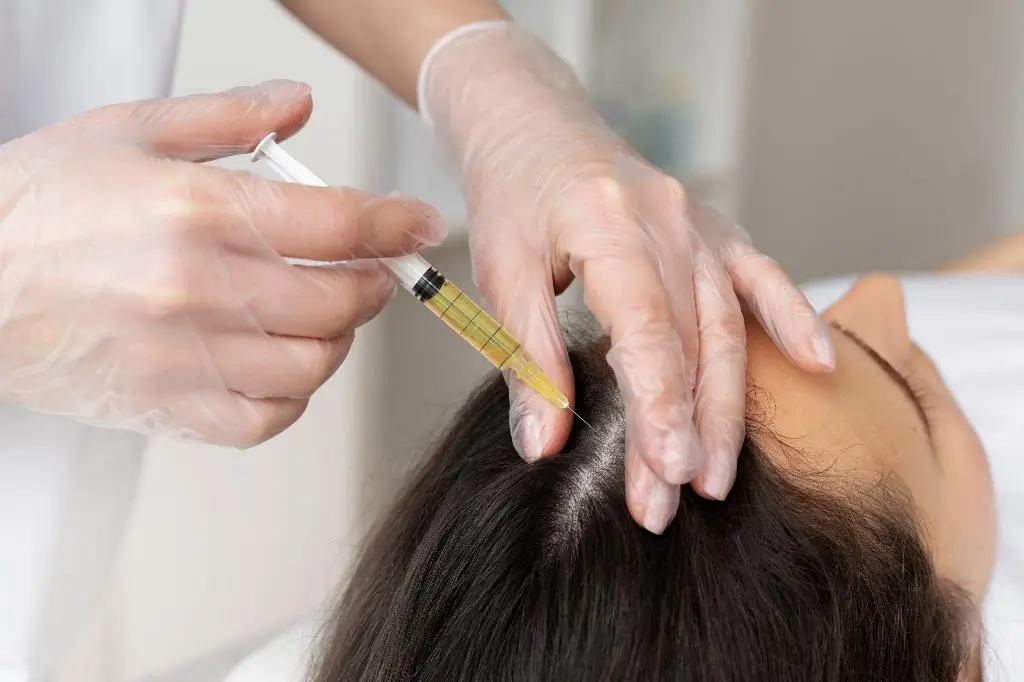


Introduction: Why PRP Has Gained Attention Hair loss affects millions of men and women worldwide, and while it is often associated with aging, it can occur at any stage of life. Beyond being a cosmetic issue, thinning hair can deeply impact self-confidence and quality of life. As a result, innovative solutions have become increasingly sought […]
Hair loss affects millions of men and women worldwide, and while it is often associated with aging, it can occur at any stage of life. Beyond being a cosmetic issue, thinning hair can deeply impact self-confidence and quality of life. As a result, innovative solutions have become increasingly sought after, with Platelet-Rich Plasma (PRP) therapy standing out as one of the most promising non-surgical options.
But is PRP the right treatment for everyone experiencing hair loss? This article provides an in-depth analysis of the ideal candidate profile, expected outcomes, and important considerations, drawing insights from medical experts and industry best practices.
PRP hair restoration involves extracting a small amount of the patient’s blood, isolating platelet-rich plasma through centrifugation, and injecting it into areas of the scalp where hair is thinning. Platelets contain growth factors that stimulate tissue regeneration and improve follicle function, encouraging natural hair regrowth.
Unlike topical medications or oral treatments, PRP leverages the body’s own healing properties. The treatment is not designed to create new follicles but rather to optimize existing ones, making it most effective in areas where some hair activity remains.
While PRP is a versatile treatment, certain groups benefit more significantly than others.
Patients with mild to moderate thinning, particularly those who still have active follicles, often achieve the best outcomes. PRP strengthens and thickens existing hair, slowing progression and improving density.
PRP has demonstrated effectiveness for male and female pattern baldness. Men experiencing receding hairlines or thinning crowns and women noticing reduced density at the part line are considered strong candidates.
For those hesitant about hair transplant surgery or concerned about side effects from medications, PRP offers a minimally invasive solution with fewer risks and little downtime.
Overall health plays a key role in candidacy. Patients should be free of blood disorders, chronic illnesses, or medications that may impair healing, such as anticoagulants.
PRP is not universally effective. There are circumstances where it may not provide meaningful improvement.
It is important to maintain realistic expectations, as PRP is best viewed as part of an ongoing management strategy.
Understanding the PRP Treatment Process
The process begins with a consultation, where the physician reviews medical history, examines scalp health, and outlines realistic goals.
A small blood sample is collected and placed in a centrifuge to separate plasma rich in platelets from other components.
The concentrated plasma is injected into thinning areas of the scalp. While the procedure involves needles, discomfort is minimal and often compared to brief pinpricks.
Patients typically resume normal activities the same day. Minor swelling or tenderness may occur but resolves within days.
PRP is not a one-time procedure. For optimal results, most protocols involve:
Adhering to maintenance schedules is essential, as results can diminish if treatments are discontinued.
PRP’s benefits appear gradually, requiring patience and consistency.
Individual outcomes vary depending on genetics, health status, and treatment compliance.
Patients should consider PRP as one component of a comprehensive hair restoration strategy, possibly combined with medications or lifestyle modifications.
Deciding whether PRP is right for you involves assessing several factors: the stage of your hair loss, your health profile, your commitment to ongoing treatment, and your expectations. Patient education is critical, and the best candidates are those who understand PRP’s potential and limitations.
PRP represents an exciting advancement in non-surgical hair restoration. By stimulating follicle activity with the body’s own growth factors, it offers a safe, minimally invasive solution for many individuals with early to moderate hair loss. Still, it is not suitable for everyone. A thorough consultation with a qualified provider is essential to determine candidacy and establish realistic expectations. For individuals in the right stage of hair thinning, committing to regular treatments and seeking natural improvement, Prp for hair restoration may provide an effective and confidence-boosting solution.
